Asbestos-containing non-licensed materials refer to construction materials and products that contain asbestos but are not subject to specific licensing requirements for removal and handling under certain conditions.
Asbestos-containing non-licensed materials refer to construction materials and products that contain asbestos but are not subject to specific licensing requirements for removal and handling under certain conditions. These materials often contain a lower asbestos content and are considered lower risk compared to licensed asbestos materials. Here’s a description of asbestos-containing non-licensed materials:
- Composition: Asbestos-containing non-licensed materials can encompass a wide range of products, including ceiling tiles, floor tiles, textured coatings, cement products, and more. These materials contain asbestos fibers mixed with other materials, such as cement, paper, or adhesives. The asbestos content is typically lower compared to licensed materials.
- Applications: These materials were used in various construction applications, including residential, commercial, and industrial settings. Common uses included decorative finishes, insulation, and fireproofing. Asbestos-containing non-licensed materials were chosen for their affordability and specific functional properties.
- Health Risks: While non-licensed materials may contain a lower asbestos content compared to licensed materials, they still pose potential health risks when disturbed or damaged. When these materials deteriorate or are subjected to renovation or demolition activities, they can release asbestos fibers into the air. Inhalation of airborne asbestos fibers can lead to health issues, including lung cancer, mesothelioma, and asbestosis.
- Regulation: Non-licensed materials are subject to regulations that require proper identification, handling, and disposal of asbestos-containing materials. In many regions, there are guidelines in place to manage the safe removal and disposal of these materials, often carried out by trained professionals.
- Handling and Removal: When asbestos-containing non-licensed materials need to be removed, it is important to follow strict safety protocols to minimize asbestos exposure. Trained professionals, including asbestos removal contractors, should handle the removal and disposal to ensure safety and compliance with regulations.
- Replacement: In renovation or remodelling projects, when asbestos-containing non-licensed materials are encountered, they are safely removed and replaced with modern, asbestos-free alternatives to ensure the safety of building occupants and workers. This includes using asbestos-free ceiling tiles, floor tiles, coatings, and other materials.
In summary, asbestos-containing non-licensed materials were once commonly used in construction due to their affordability and specific properties. However, they still pose health risks when disturbed or damaged, as asbestos fibers can become airborne. Proper identification, handling, and removal of these materials require adherence to safety guidelines and the involvement of professionals with expertise in asbestos management to ensure the safety of those involved in construction or renovation projects.
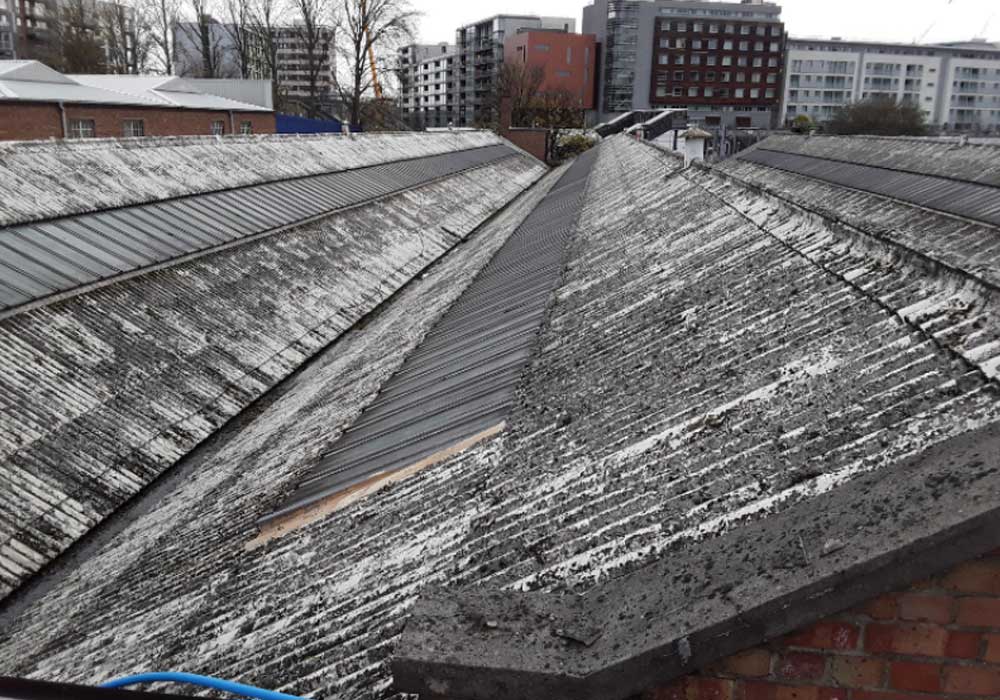
Asbestos Cement
Non-Licensed Materials

Bitumen
Non-Licensed Materials

Floor Tiles
Non-Licensed Materials
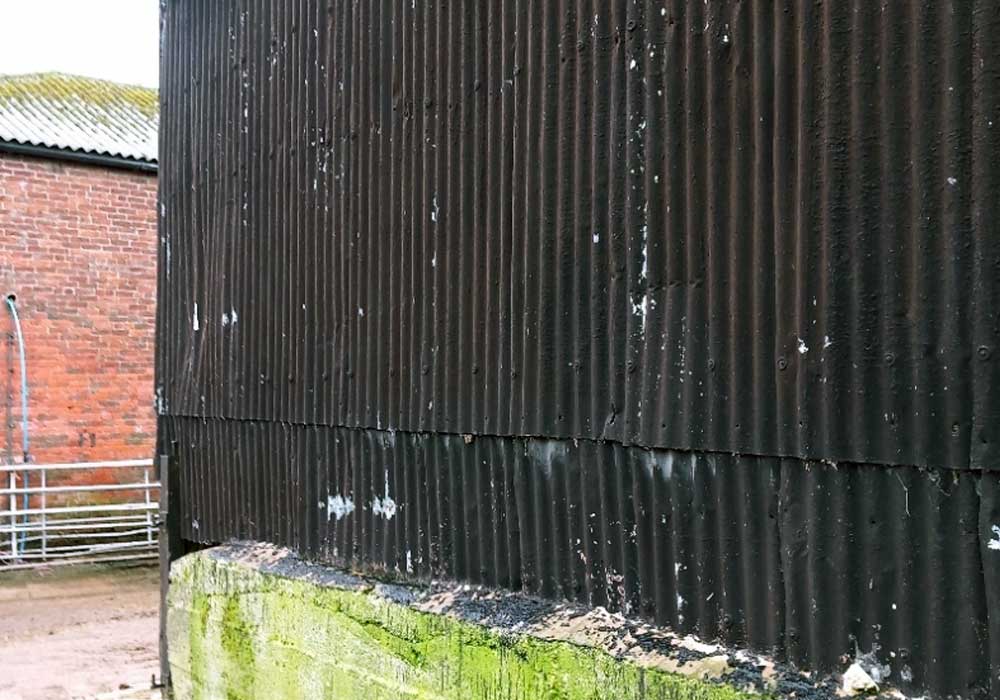
Coated Metal Panels
Non-Licensed Materials

Paper Linings
Non-Licensed Materials
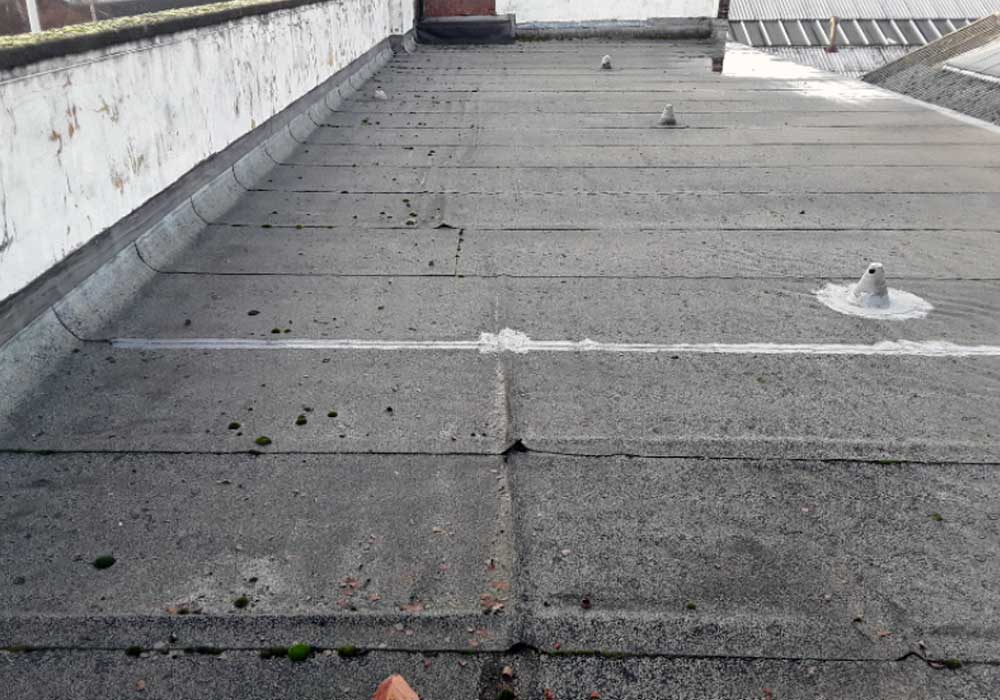
Roofing Felt
Non-Licensed Materials
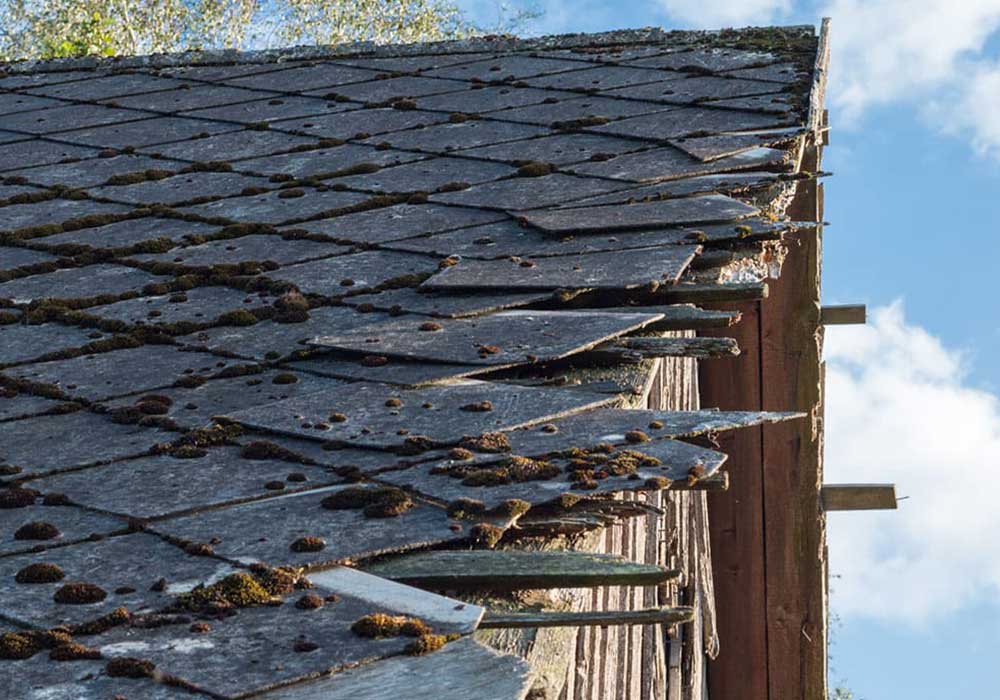
Roof Tiles
Non-Licensed Materials
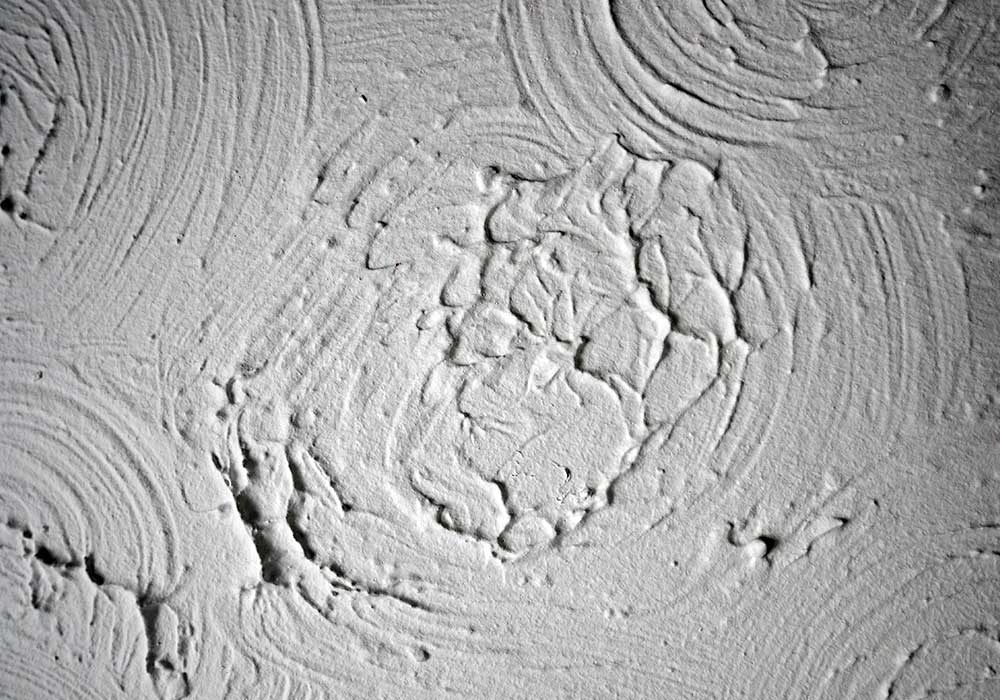
Textured Coating / Artex©
Non-Licensed Materials
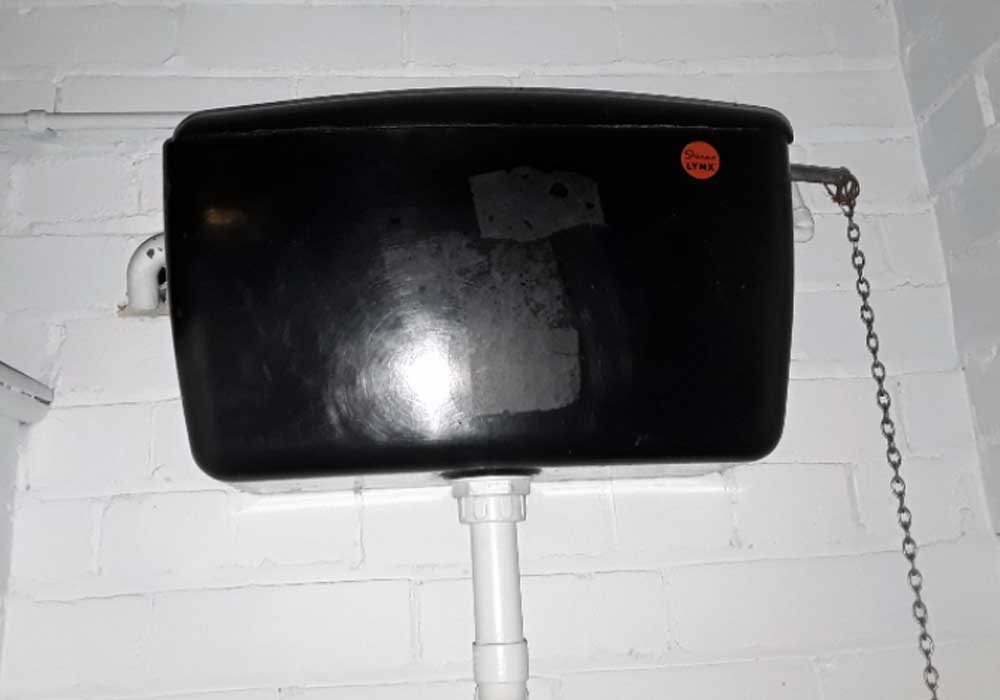
Toilet Cisterns
Non-Licensed Materials
Licensed
These materials require licensed asbestos removal professionals to manage and safely dispose of them.
